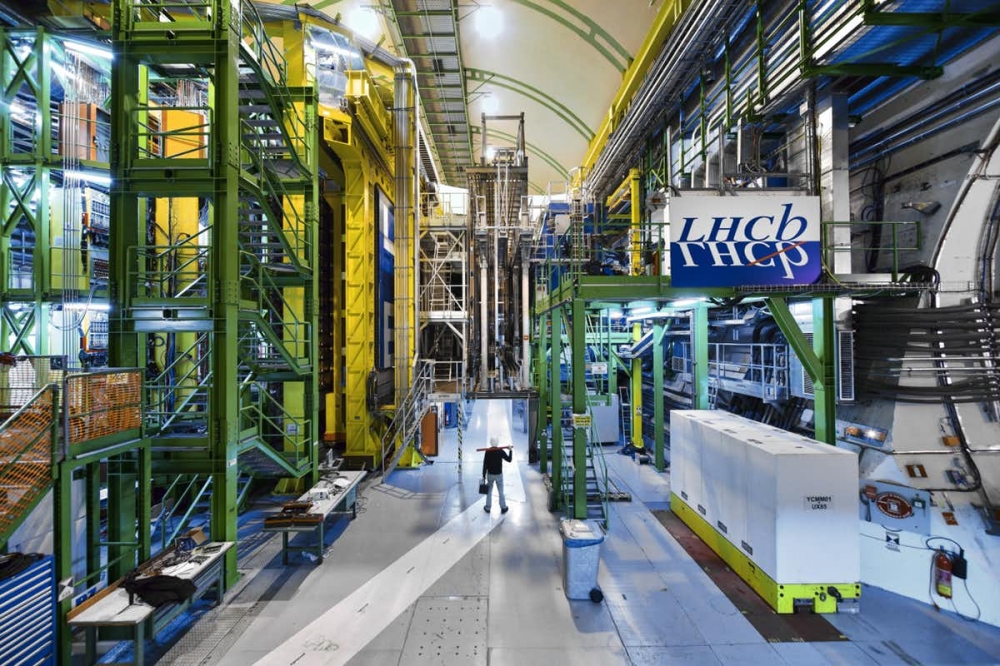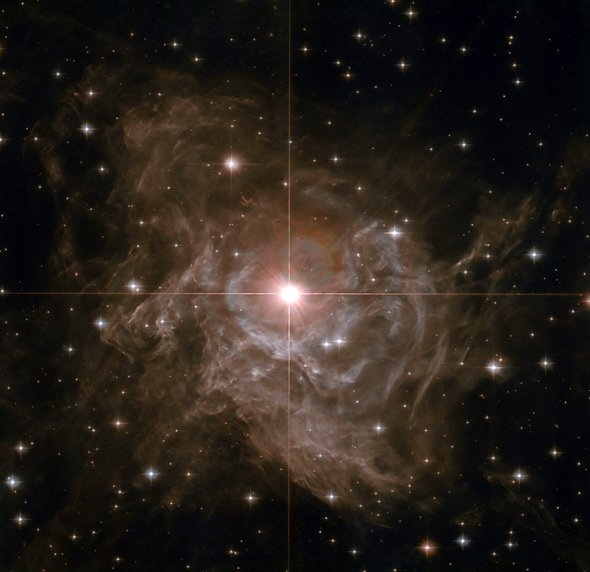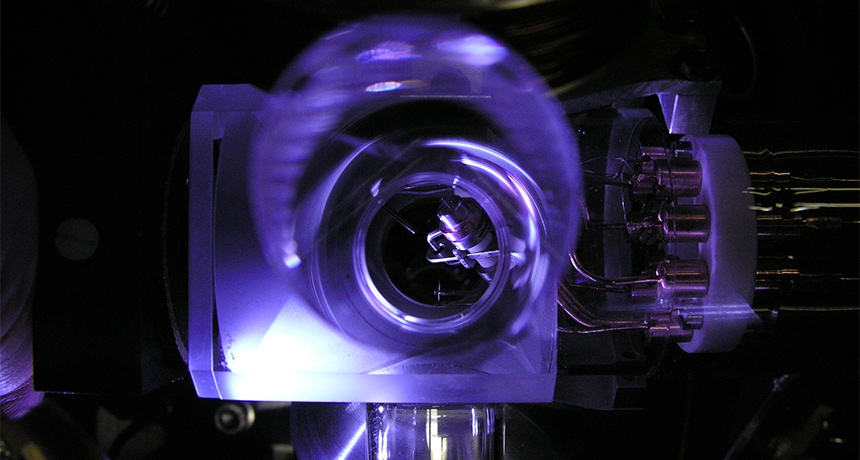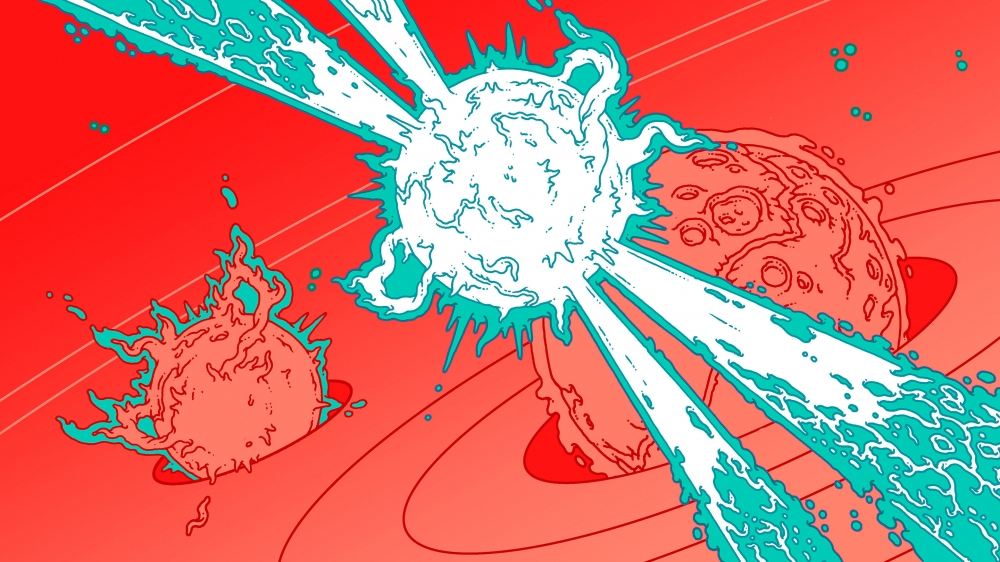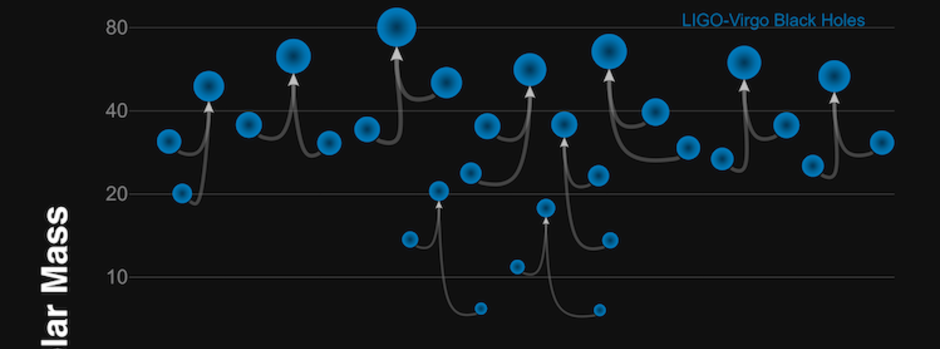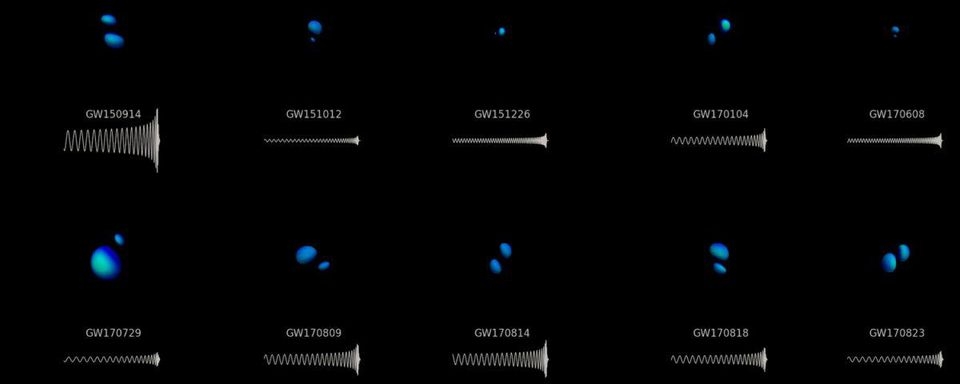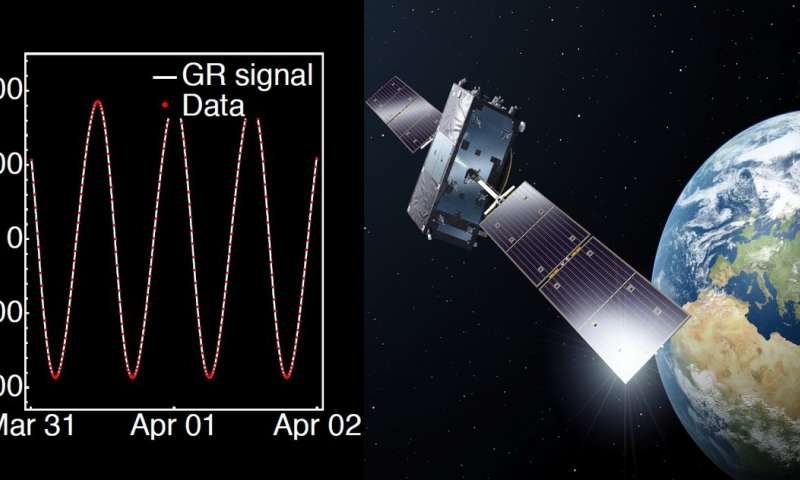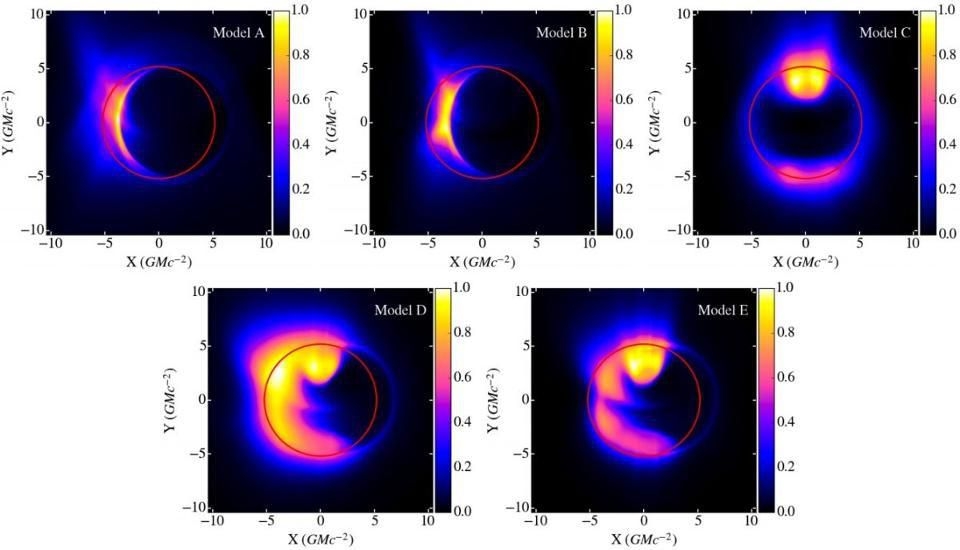Second ghostly galaxy without dark matter discovered, first confirmed
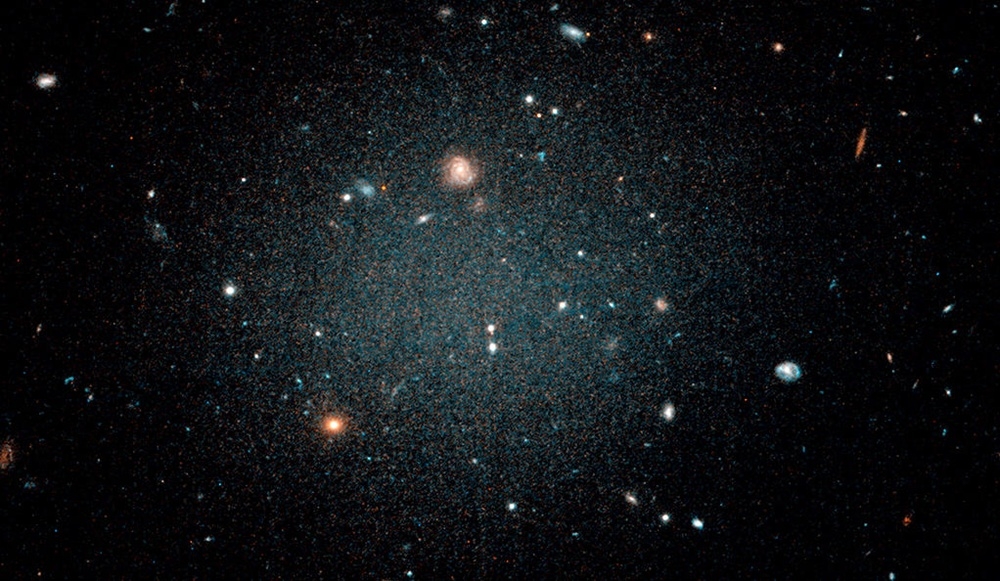
NGC1052-DF2 is a large, but very diffuse galaxy located some 60 million light-years away. This image of the galaxy, which is thought to contain a negligible amount of dark matter, was captured by the Advanced Camera for Surveys on the Hubble Space Telescope. NASA/ESA/P. van Dokkum (Yale University
Ironically, by finding two galaxies severely lacking in dark matter, researchers have made a compelling case for the existence of the mysterious material.
By Jake Parks | Published: Friday, March 29, 2019
One year ago, astronomers were flabbergasted when they discovered a galaxy almost entirely devoid of dark matter. As the first galaxy ever found lacking the elusive substance — which is thought to account for 85 percent of the universe's mass — the news rippled through the astronomical community. This left some researchers delightfully intrigued, and others understandably skeptical.
"If there's [only] one object, you always have a little voice in the back of your mind saying, 'but what if you're wrong?'" astronomer Pieter van Dokkum of Yale University, who led last year's ground-breaking study, said in a press release. "Even though we did all the checks we could think of, we were worried that nature had thrown us for a loop and had conspired to make something look really special whereas it was really something more mundane."
Now, a new study published in The Astrophysical Journal Letters on March 27 shows van Dokkum and his team had it right all along.
According to the work, they've confirmed a ghostly galaxy located some 60 million light-years away named NGC 1052-DF2 (DF2 for short) has virtually no discernible dark matter. Furthermore, a second study published March 20 in the same journal announced the discovery of yet another dim and diffuse galaxy with a dearth of dark matter, nicknamed DF4.
See full text
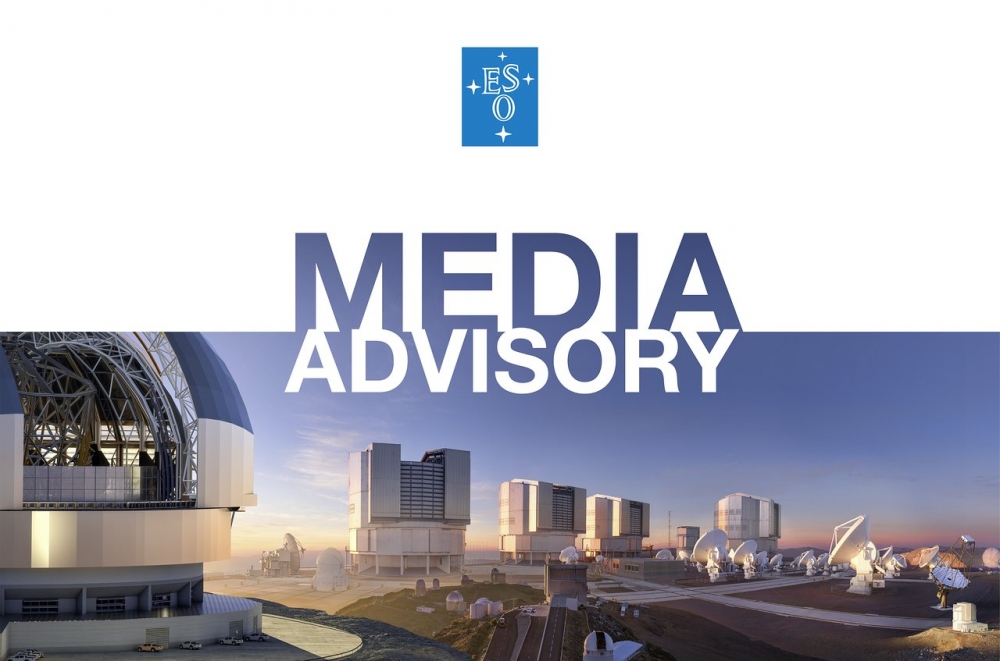
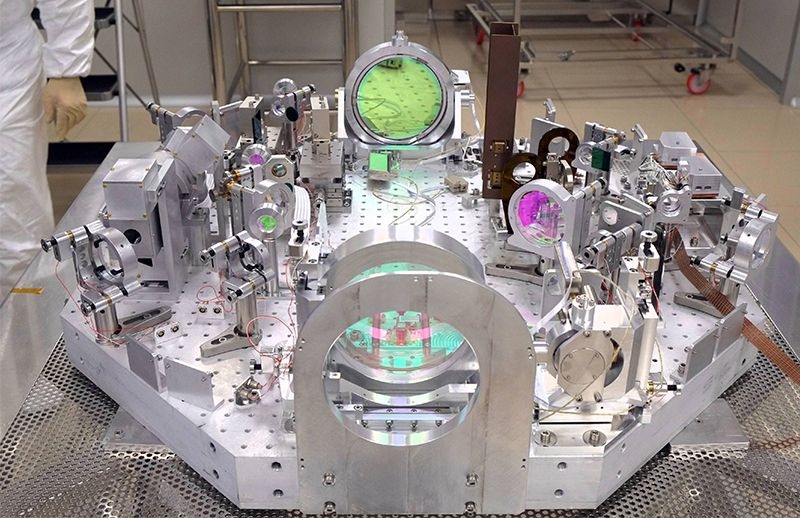
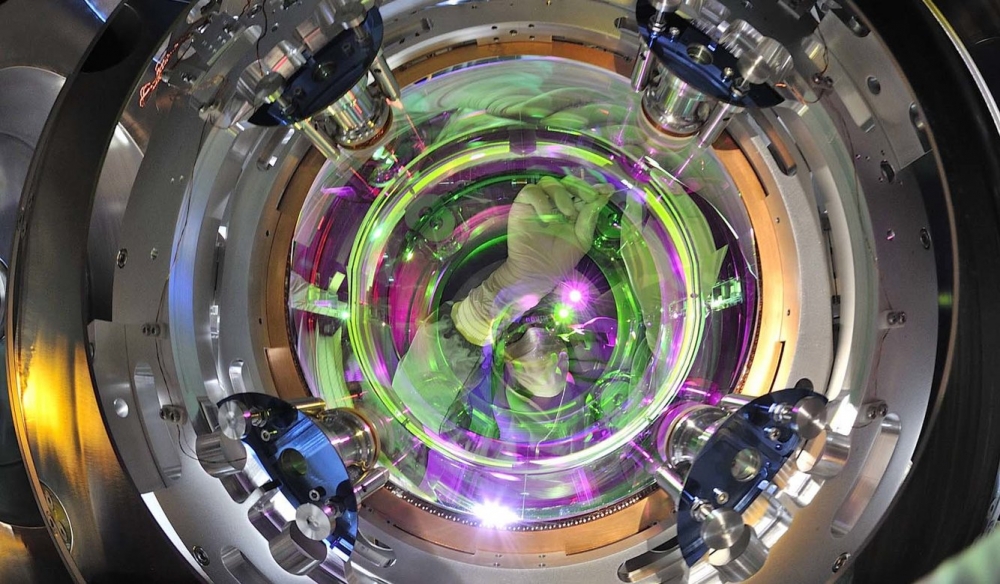
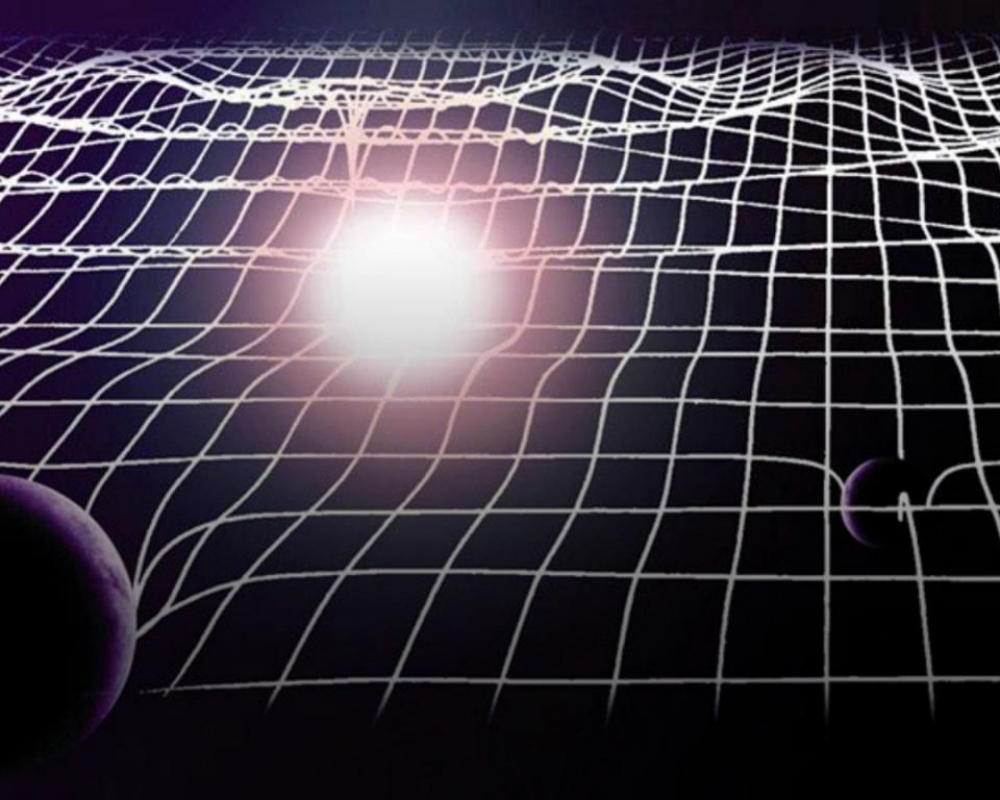 Any distant gravitational source can emit gravitational waves and send out a signal that deforms the fabric of space, which manifests as gravitational attraction. But while gravitational forces fall off as the distance squared, the gravitational wave signal only falls off proportionally to the distance.
Any distant gravitational source can emit gravitational waves and send out a signal that deforms the fabric of space, which manifests as gravitational attraction. But while gravitational forces fall off as the distance squared, the gravitational wave signal only falls off proportionally to the distance.